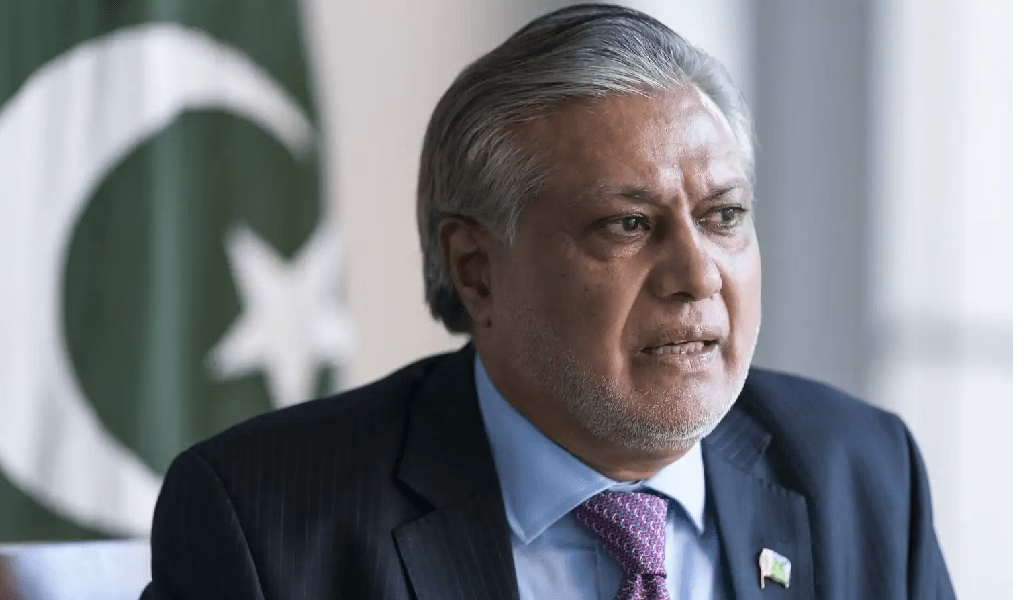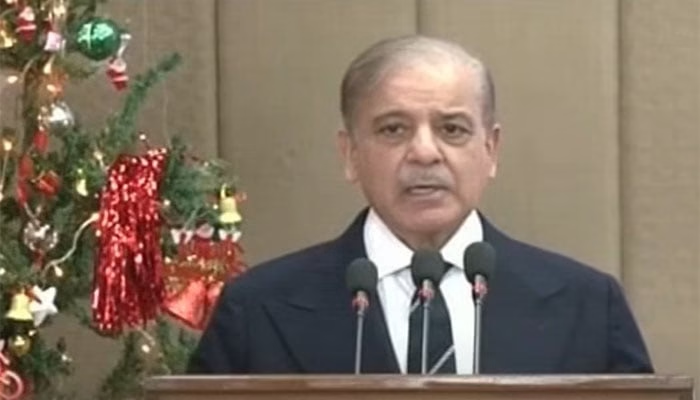In recent weeks, the Pakistani rupee has experienced a sustained period of depreciation against the US dollar. However, in a surprising turn of events, the rupee has shown signs of recovery over the past month, leading to a significant decrease in its value. Today, in the interbank market, the dollar fell by 1.5 rupees, reaching a rate of 280.60 rupees, compared to yesterday’s rate of 281.65 rupees. Simultaneously, in the open market, the dollar’s value dropped by 50 paise, reaching 280 rupees. This unexpected trend has sparked discussions and analysis within the financial circles of Pakistan.
This shift in the exchange rate is not isolated; it is accompanied by notable changes in the stock market. The Pakistan Stock Exchange witnessed a fluctuating trend in recent trading sessions. Today, the market opened with a positive momentum, reaching an impressive height with the 100-index gaining 405 points, culminating at 48,127 points. This rise is a stark contrast to the previous day’s closing, where the market concluded at 47,721 points.
Several factors could be contributing to these fluctuations. One significant influence could be the global economic dynamics, including the policies of the US Federal Reserve and the ongoing trade relations between the United States and other nations, which have a direct impact on the dollar’s value against other currencies.
Additionally, domestic economic policies and market sentiments play a crucial role. Pakistan’s economic landscape has been witnessing changes, with efforts from the government to stabilize the economy and attract foreign investments. Positive economic indicators, coupled with prudent fiscal measures, might be bolstering investor confidence, leading to a strengthened rupee and an optimistic stock market.
It is essential for Pakistan to monitor this situation carefully. A stable exchange rate and a robust stock market often reflect a healthy economy. However, sudden fluctuations can also pose challenges, especially for businesses engaged in international trade.
The government, in collaboration with the State Bank of Pakistan, should continue to implement policies that promote economic stability. This includes managing inflation, encouraging investments, and ensuring a favorable environment for businesses to thrive. Moreover, efforts should be made to diversify the economy, reducing dependency on any single sector, and fostering an atmosphere of innovation and entrepreneurship.
While short-term fluctuations are common in financial markets, a long-term vision for economic stability, backed by strategic policies, will be instrumental in ensuring Pakistan’s sustained growth and prosperity.



